Medical students face long hours of study and plenty of sleepless nights, but Sam Wu and Pat Tsang aren’t complaining about their time at the School of Medicine. What they remember is an education that prepared them well.
Tsang (CAS’92, GRS’92, MED’92) recalls that MED “opened my mind to pathology” as a career focus. Born in Hong Kong, she was the only international student in her entering class. For Wu (CAS’87, GRS’90, MED’92, SPH’92), who contracted polio as a youngster and who uses a wheelchair, MED “changed my life, gave me my career, and brought me my soul mate.” The two, who were married after graduation, recently established the Sam Wu, MD, and Patricia Tsang, MD, Medical Students with Disabilities Equality Fund at MED.
“Back in the day,” recalls Wu, “I needed things I didn’t even know I needed at first. For some of my fieldwork, I needed a car with hand controls.” He also needed a motorized cart for getting around the hospital during those long hours of rounds.
Wu remembers his first meeting with the people at MED who would become his mentors and teachers. “When I first enrolled, William McNary, then dean of students, invited all the chairs of the departments to meet with me,” he says. “Imagine: me in a room with all the clinical chairs. And they all wanted to know how they could help me. Even now, 20-odd years later, this still makes a huge impression on me.”
Today, both Wu and Tsang work for Geisinger Health System, where Tsang is medical director of two clinical testing labs and Wu is a practicing physiatrist, a physician who specializes in treating patients with disabilities. “The medical school gave us both so much,” Wu says, “and this is a big reason we were so excited to be able to honor it, its dean, and the incredible work being done there. Our goal has been to start a fund that could help fill some of the gaps that disabled students experience, to provide added support for equipment when there is a demonstrated need—to buy that specialized stethoscope for the blind medical student—in effect, to equalize medical training for disabled students and lower the threshold to getting an excellent medical education.
“We want this fund to help other students have the same amazing experiences Pat and I had.”
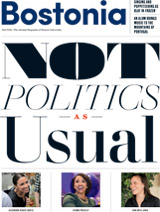

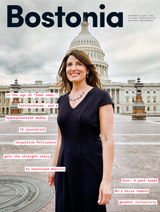



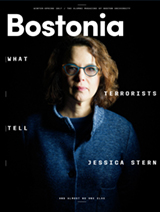

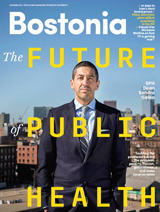
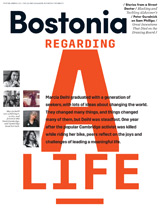
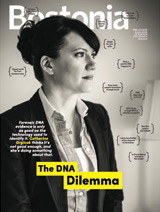
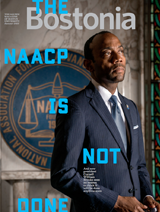

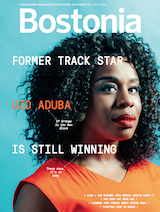
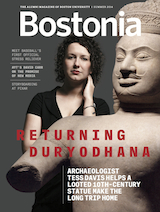
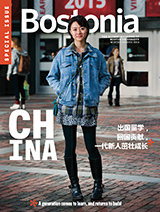






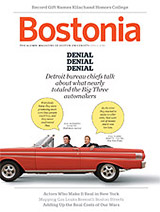
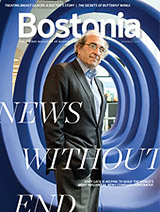


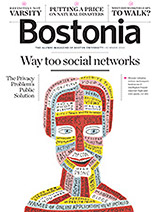



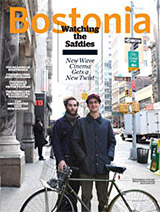

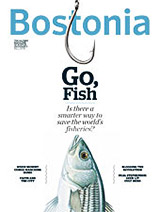
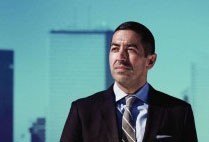

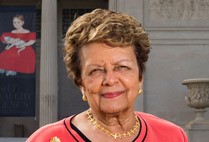
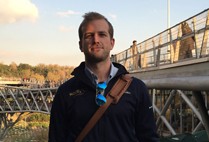



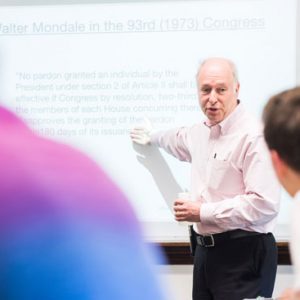

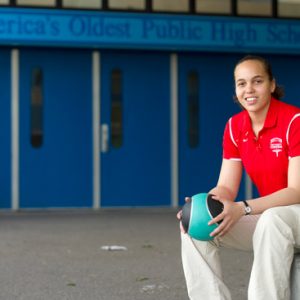
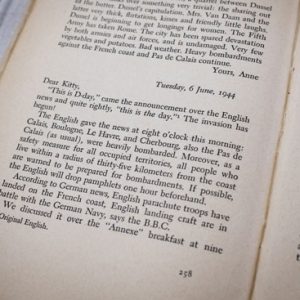
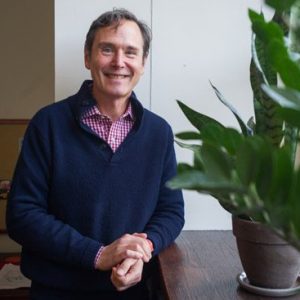
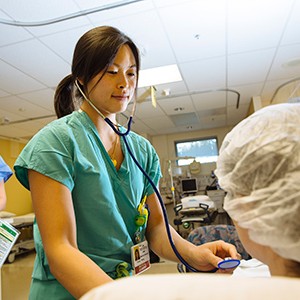
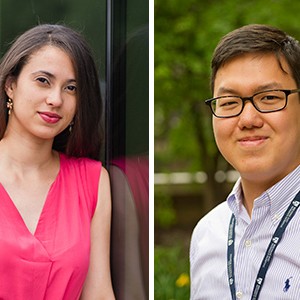
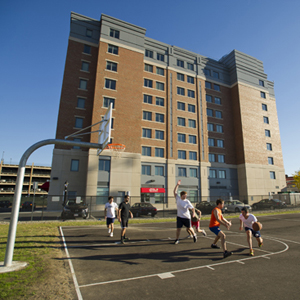
I graduated BU in 1961. Acquired the Citgo Building and saved the sign in the 80’s and with my fellow trustees provided the Citgo building to BU for its Bookstore and structured BU’s acquisition gift of the 500 Commonwealth corporation stock. including almost half the commercial property across the street from the Citgo building and the large parking lot behind! After working as VC and Investment Banking consultant for over 30 years I became disabled in the mid 90’s and refocused my efforts on improving the vocational rehabilitation system to serve entrepreneurs with disabilities and to find an answer to the disconnect for Professionals and executives seeking to return to meaningful work after experiencing mid career disabling conditions. My research found that these bright and capable minds were experiencing unemployment at twice the rate of mainstream people with disabilities approximation 95% and VR Counsellors in interviews found them to be between difficult to impossible to place. As the Secretary of the MA VR Council I took it upon myself to research other issues and in an attempt to reform the VR system to include reforming the brain injury system, researching the disconnect that faced students with average to above average intelligence in transitioning from secondary to post secondary education without SPED / 766 supports to guide them in vocational determinations and in providing appropriate assistive technology devices to enable competitive ability to learn. I further was instrumental in providing state and federal funding for the development of the MA AT Council, the AT Loan program and AT programs in the north east to enable schools to swap equipment and refurbish durable medical equipment. In 2012 I retired from the MA VR Council but continue to serve the AT Council as a specialist in developing Methodology for the assistive return to competitive ownership of businesses for entrepreneurs with disabilities as well as designing programs for seniors to remain independent and working as senior entrepreneurs with disabilities. My latest endeavor is a virtual work platform to enable professionals and executives to return to meaningful work as collaborative consulting self employed consultants. This program is designed to provide a no cost support system with exposure to businesses that are encouraged to try these consultants out and hire them at no charge from us. The uniqueness of this program is designed to support small and new businesses with time shared workers and if needed a full fledged virtual support incubator that can deliver services worldwide. We encourage collegial collaboration with students, professors and graduates that are focused on the development of new products and services that serve the greater good within the disability world and encourage social venture donations and investments in uplifting and empowering our most disadvantaged people, those of us who chose to live meaningful and lives that are enriched with competitive independence.